
Cancer May Be Painless at First, But These 8 Toilet-Related Signs Mean You Should See a Doctor Early – Don’t Ignore Them
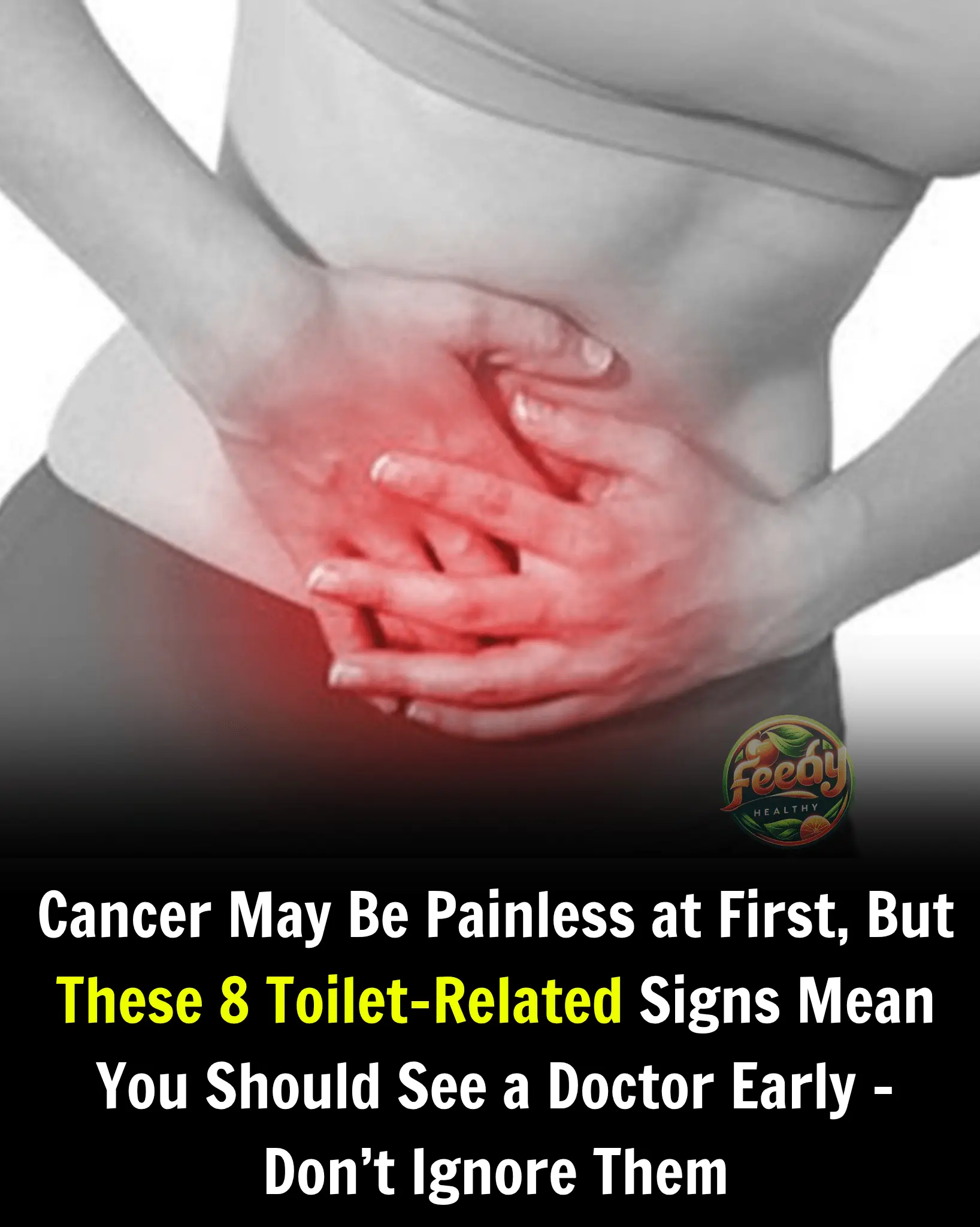
In many online communities, people generously share health tips and personal experiences. Recently, I came across a post where someone mentioned that the condition of your fingernails might reveal potential health problems. It struck a chord because my mom had pitted marks on her nails at the time. When I suggested that we go for a check-up, she brushed it off, saying I was being dramatic. But I insisted, and after seeing a doctor, we found out she had arthritis.
Today, I want to share another helpful story—this time about my uncle, who was recently diagnosed with early-stage pancreatic cancer. Thankfully, it was caught early, so his chances of recovery are high. Had it gone undetected until the later stages, the outcome could’ve been much worse.
It started when he noticed something strange during a bowel movement: no matter how many times he flushed, his stool wouldn’t go down easily. The stool wasn’t unusually large, and the toilet was functioning fine. It just seemed to float and linger.
Upon closer inspection, he realized the stool had a greasy texture. Concerned, he told his wife, and the two of them decided to see a doctor. The diagnosis shocked the entire family—early-stage pancreatic cancer. It was a lucky catch, only discovered because he paid close attention to an unusual change.
Stool Changes That May Signal Pancreatic Cancer
According to Cancer Research UK, fatty or greasy stools that are hard to flush can be a sign of steatorrhea—stools with excess fat (more than 7g/day). These stools tend to appear bulkier, stickier, and harder to wash away. They may also be pale and foul-smelling, indicating that a tumor might be blocking the pancreatic duct.
Other Stool and Urine Signs That Could Indicate Cancer:
-
Bright Red Stools – May Signal Colorectal Cancer
While red stools could be caused by red-colored foods or hemorrhoids, they might also point to bleeding in the lower intestine—a possible sign of colorectal cancer. The American Cancer Society warns that blood in the stool, persistent diarrhea or constipation, abdominal pain, and unexplained weight loss are key warning signs. -
Dark Brown or Maroon Stools – May Signal Colon Cancer
This could result from bleeding in the digestive tract, especially where the colon connects to the small intestine. Conditions like diverticulitis, colitis, or even colon cancer can cause these changes. -
Black Stools – May Indicate Stomach or Colorectal Cancer
Black stools can result from iron supplements or foods like blueberries, but they may also indicate bleeding in the esophagus, stomach, or small intestine. The blood darkens as it’s broken down by digestive enzymes—potentially signaling gastric ulcers or cancer. -
Painful Urination – Could Be Kidney or Prostate Cancer
Pain or burning during urination may suggest a urinary tract infection or kidney stones, but it could also be a red flag for prostate or kidney cancer, especially if the discomfort persists or worsens. -
Foamy Urine – May Signal Kidney Cancer
Foamy urine may mean there’s a high level of protein present, a possible result of kidney cancer disrupting normal filtration. It could also be linked to dehydration or diabetes, but it’s wise to see a doctor if you notice persistent foam. -
Brown Urine – May Indicate Liver or Gallbladder Cancer
Dark brown urine may be a sign of liver damage, which increases bilirubin levels in the bloodstream and alters the urine’s color. It could point to advanced liver or gallbladder disease or cancer. -
Blood in Urine – Possible Urinary Tract Cancer
Blood in the urine, which may appear pink, orange, or dark red, can result from tumors rupturing in the urinary tract. If blood clots are also present, this is even more urgent. Men should be especially cautious, as this may indicate bladder or prostate cancer.
Conclusion:
Many early cancer symptoms show up during daily activities like using the bathroom. From greasy stools to changes in urine color or consistency, paying attention to these signs can literally save lives. If you experience any of these symptoms, don’t delay—see a healthcare provider as soon as possible. Early detection makes all the difference.
News in the same category

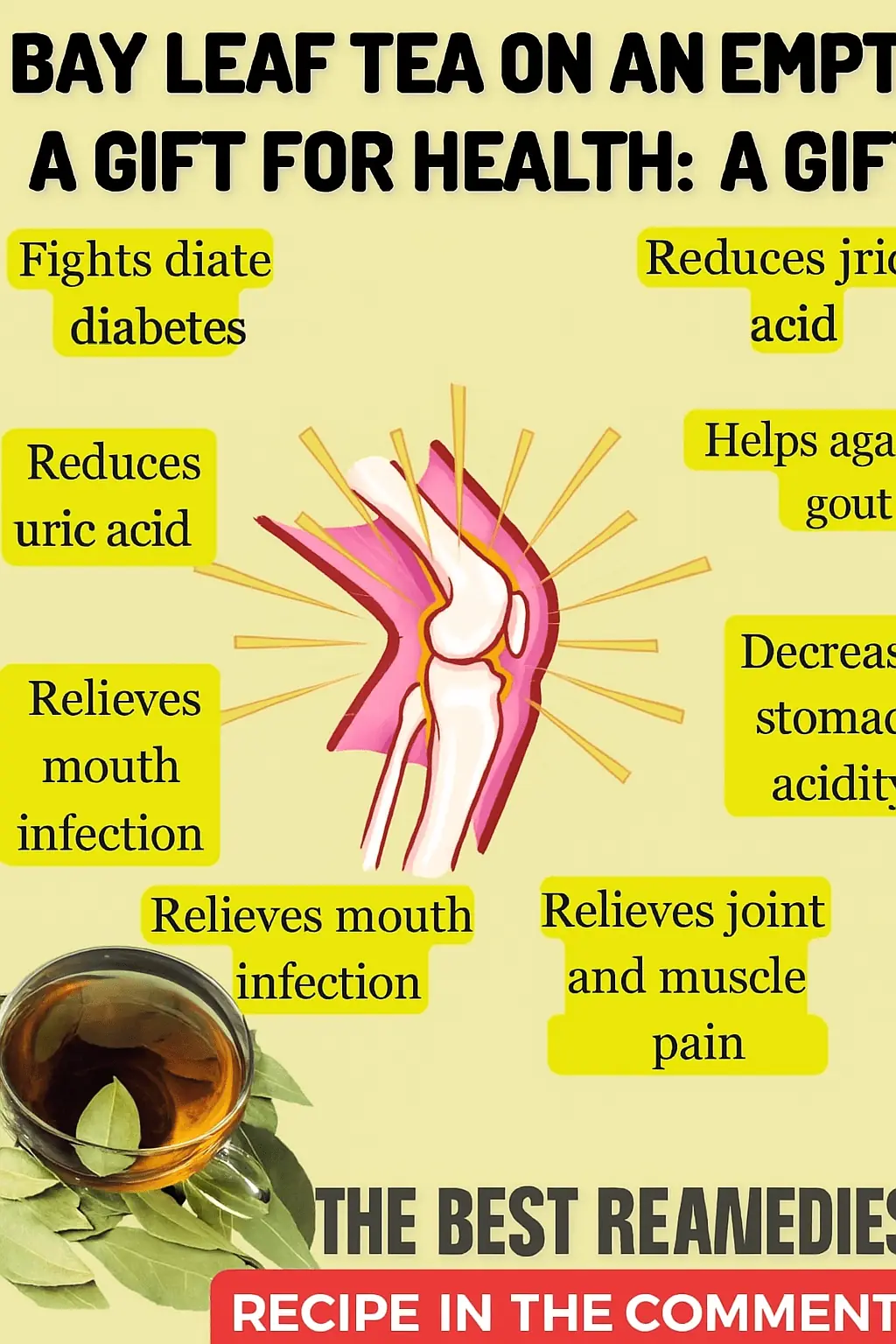
Health Benefits of Drinking Bay Leaf Tea on an Empty Stomach
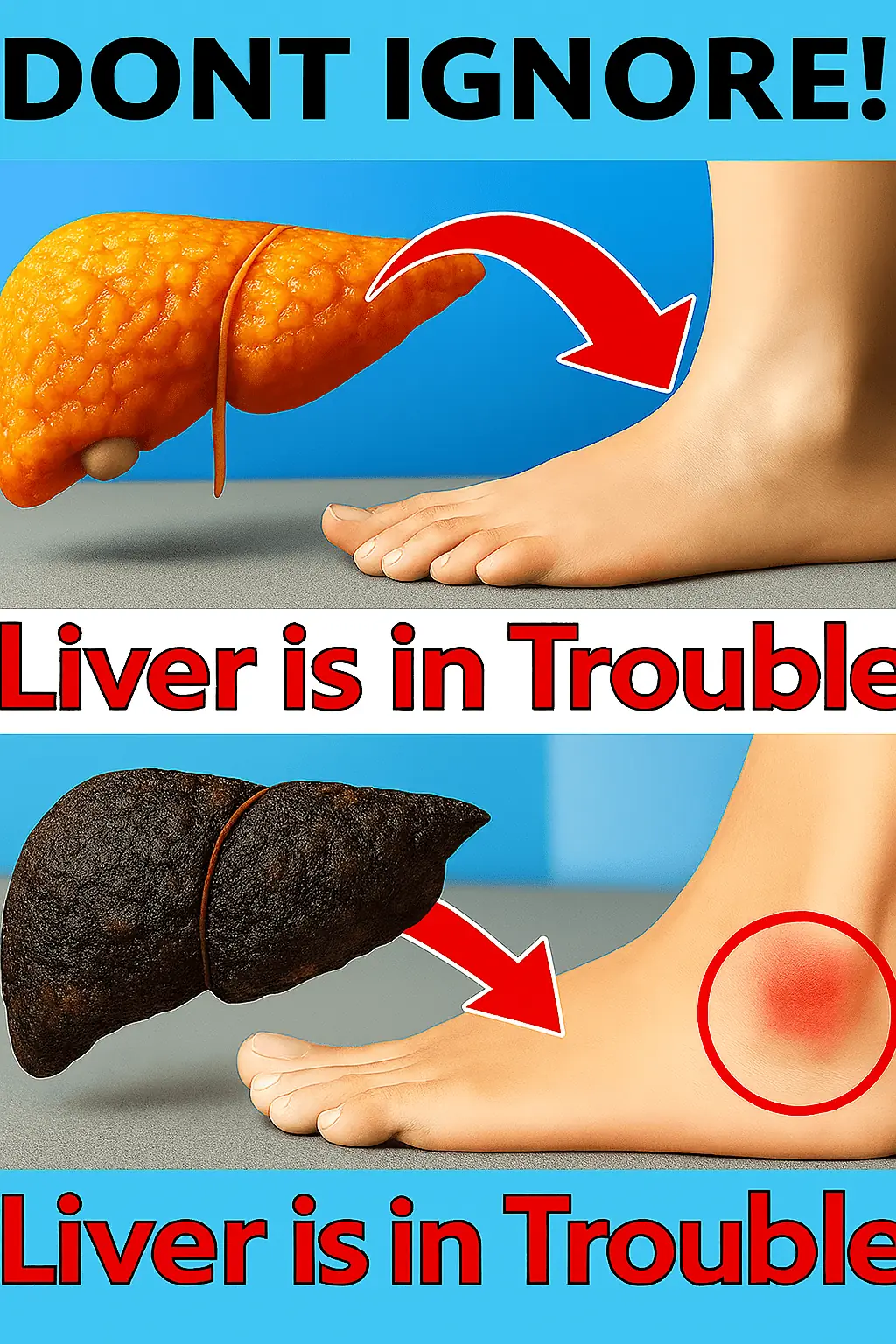
How Your Feet Are Warning You About Liver Problems: What You Need to Know

Vaseline & Coffee Erase Wrinkles Instantly! The 100-Year-Old Anti-Aging Secret You Need to Try!

8 "Friendly Enemies" of Diabetes – Snack Smart Without Spiking Blood Sugar!

Top Foods to Avoid After 60 for Better Health
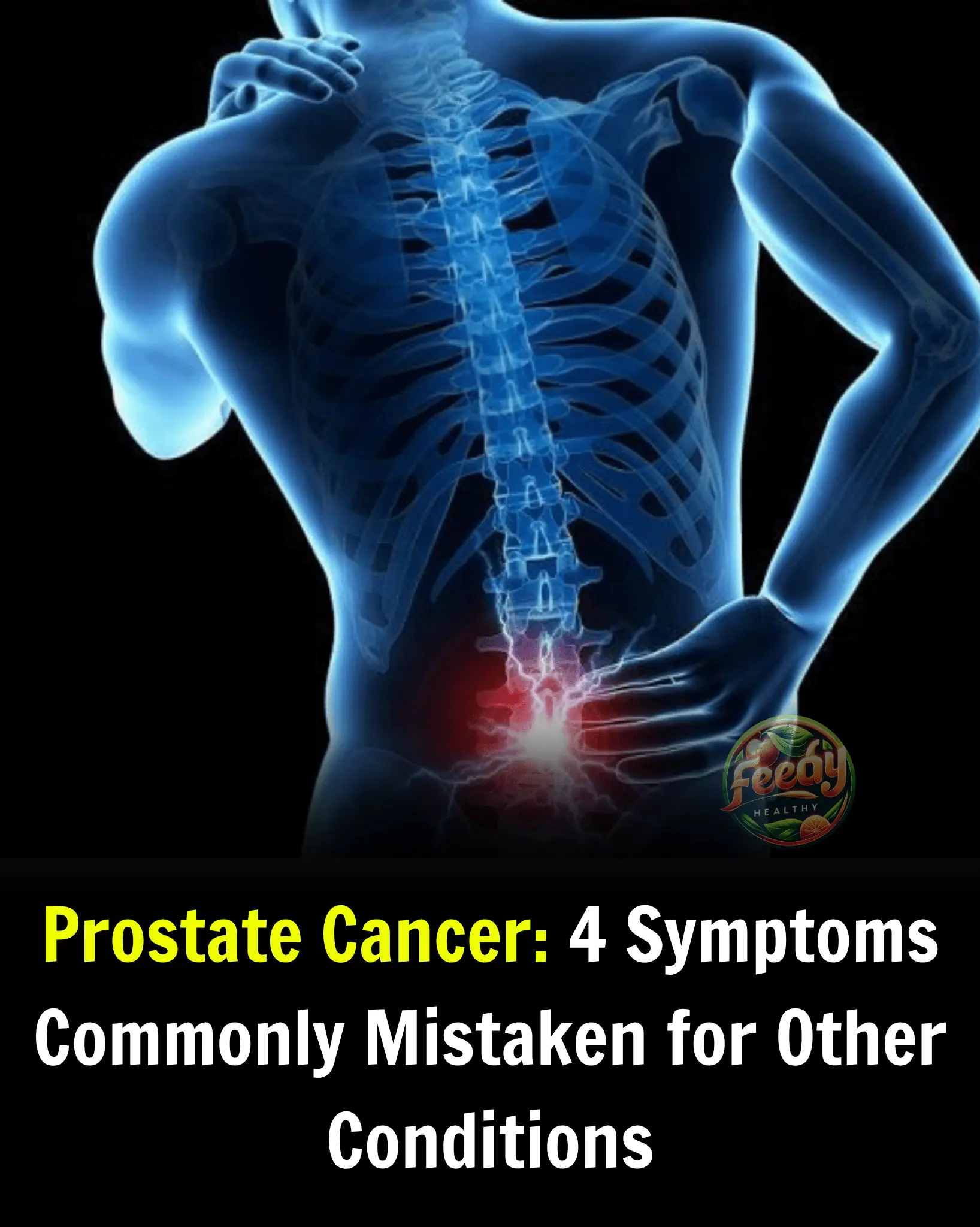
Prostate Cancer: 4 Symptoms Commonly Mistaken for Other Conditions

Busy Work Schedule: Is Sleeping Only 5–6 Hours a Night Harmful?
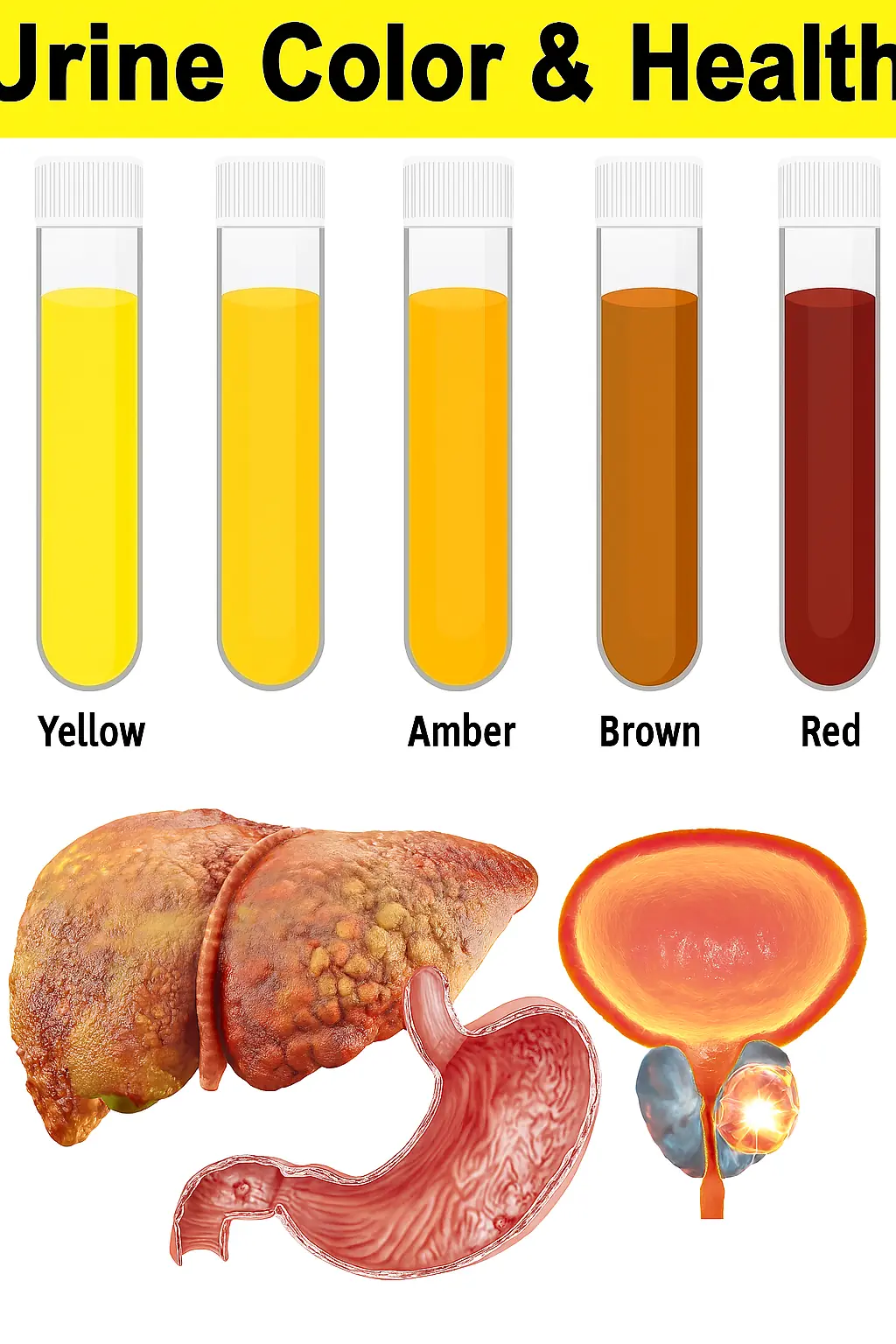
What Your Urine Color Really Says About Your Health (It’s More Interesting Than You Think)
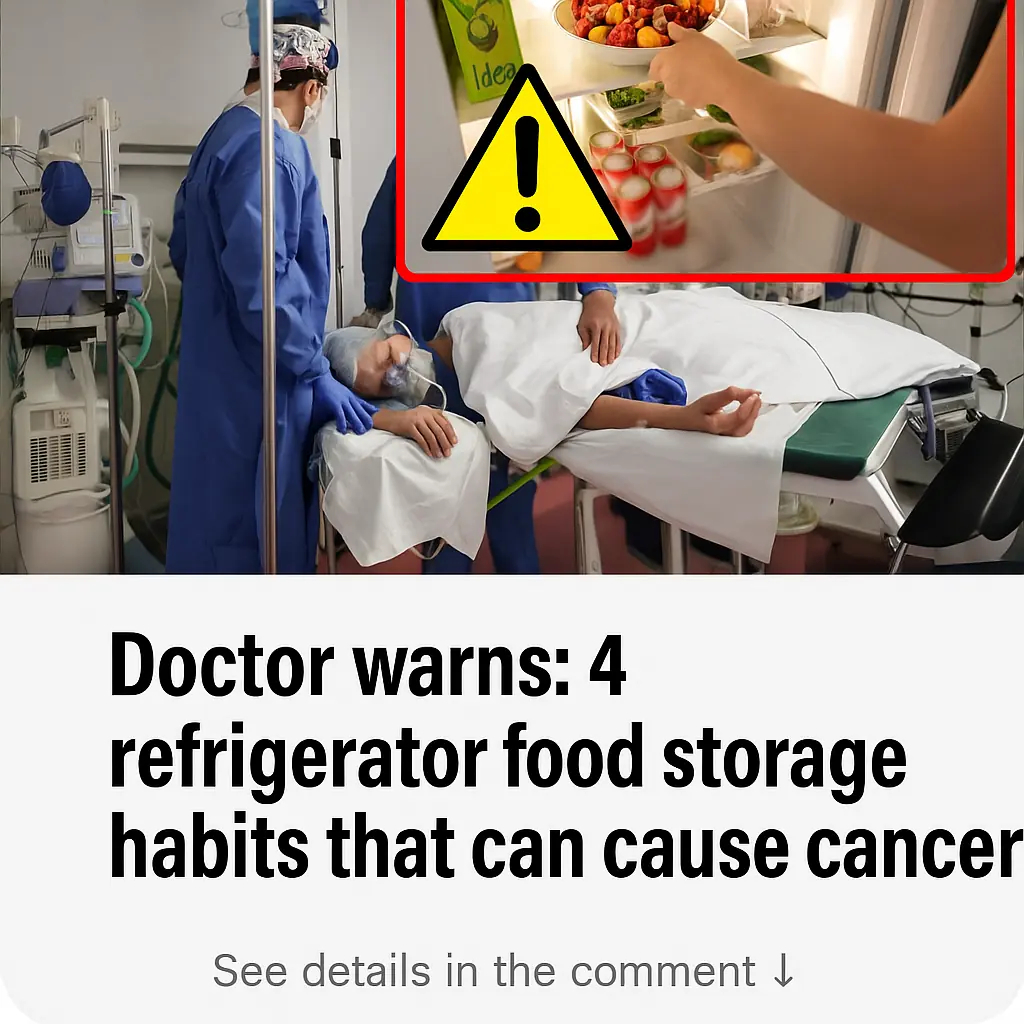
Doctor Warns: 4 Food Storage Habits in the Refrigerator That May Cause Cancer
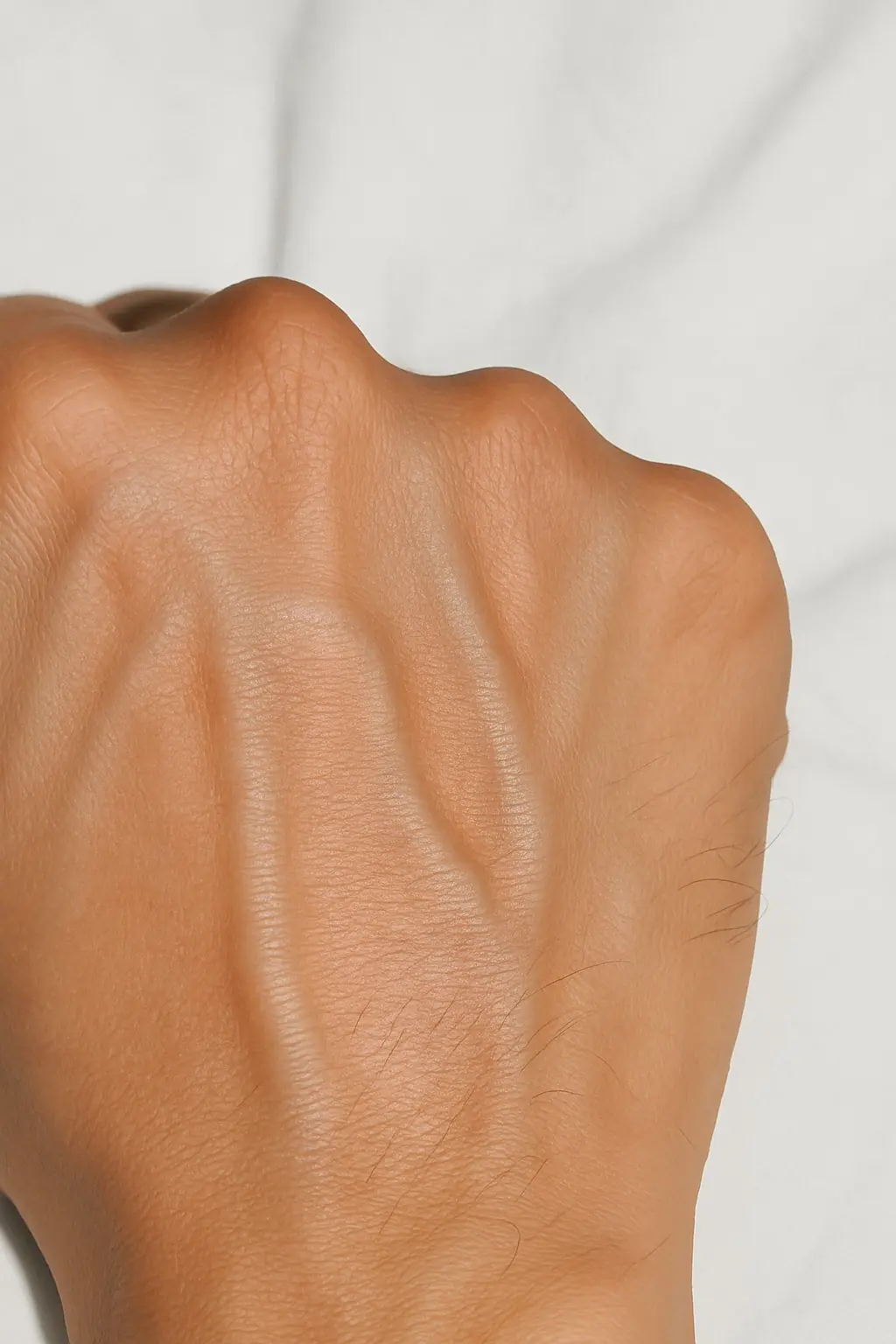
Visible Veins in the Hands: Health Signs You Shouldn’t Ignore
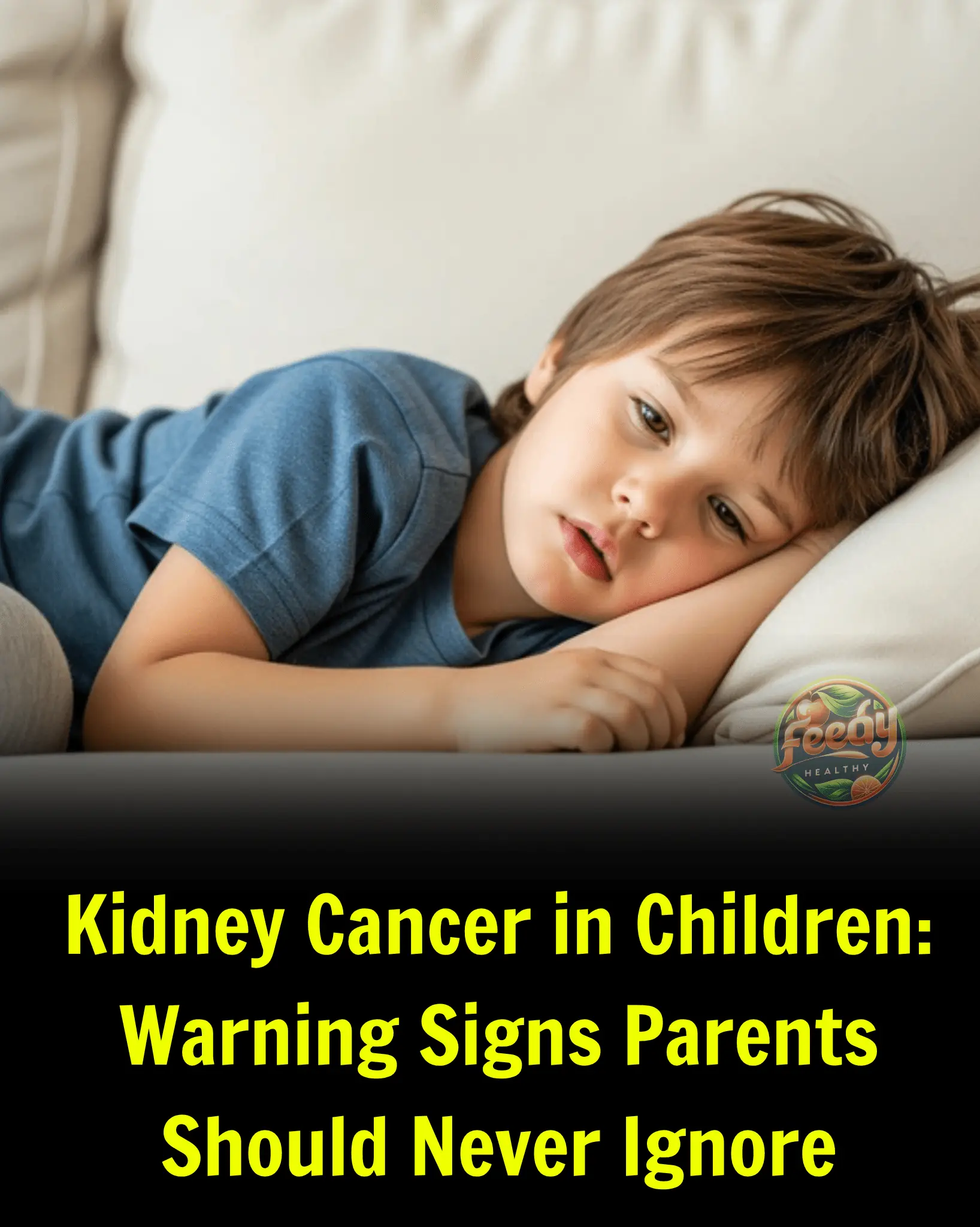
Kidney Cancer in Children: Warning Signs Parents Should Never Ignore
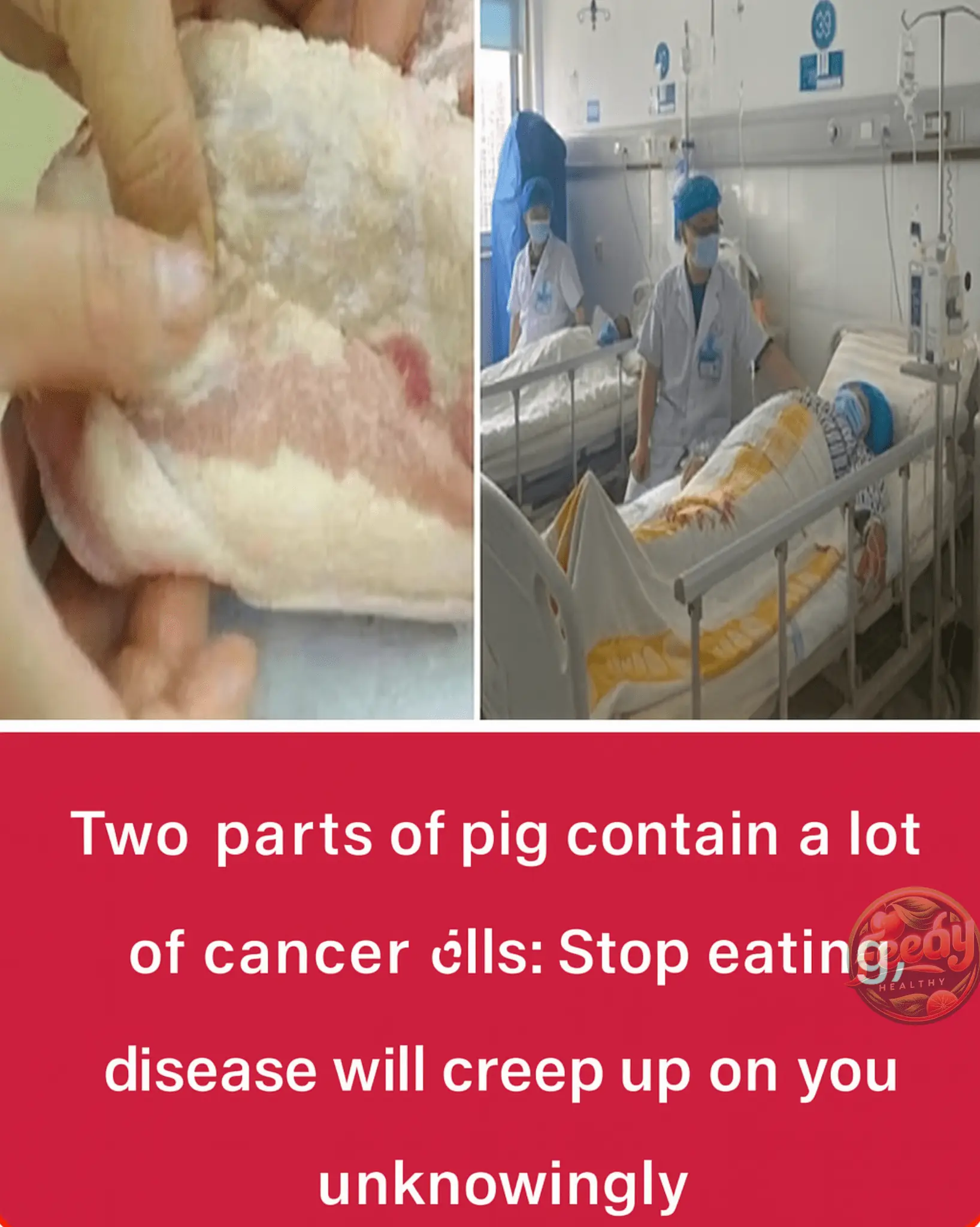
Two Pig Parts That May Contain Cancer Cells: Avoid Them to Protect Your Health

13 Fatal Mistakes When Using Lemon Water That You Need to Avoid
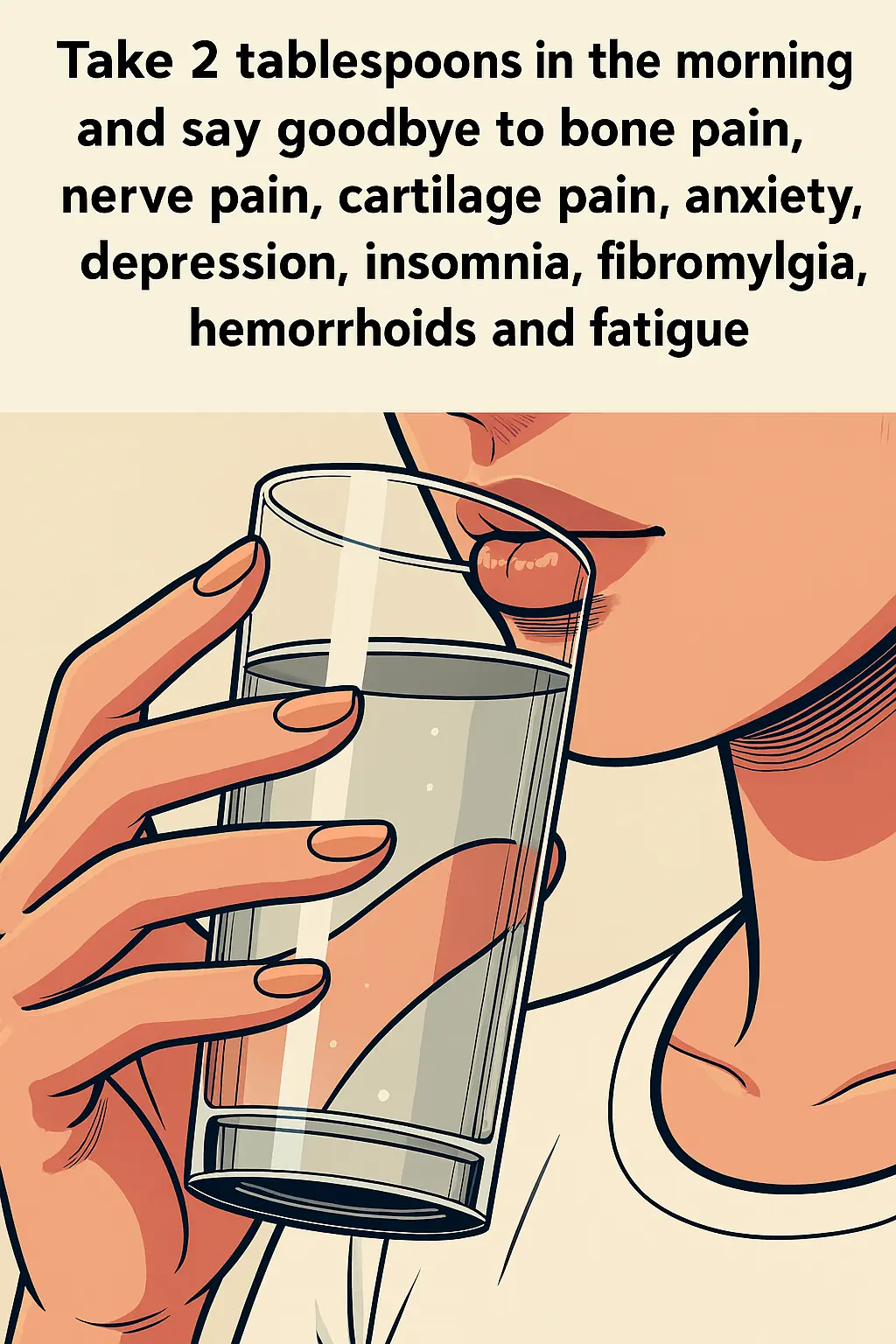
Two Spoons in the Morning: A Natural Remedy for Bone Pain, Diabetes, Nerve Health, and Depression

Warning from Hospital : Eating this type of meat daily may increase cancer risk – Don’t ignore it!
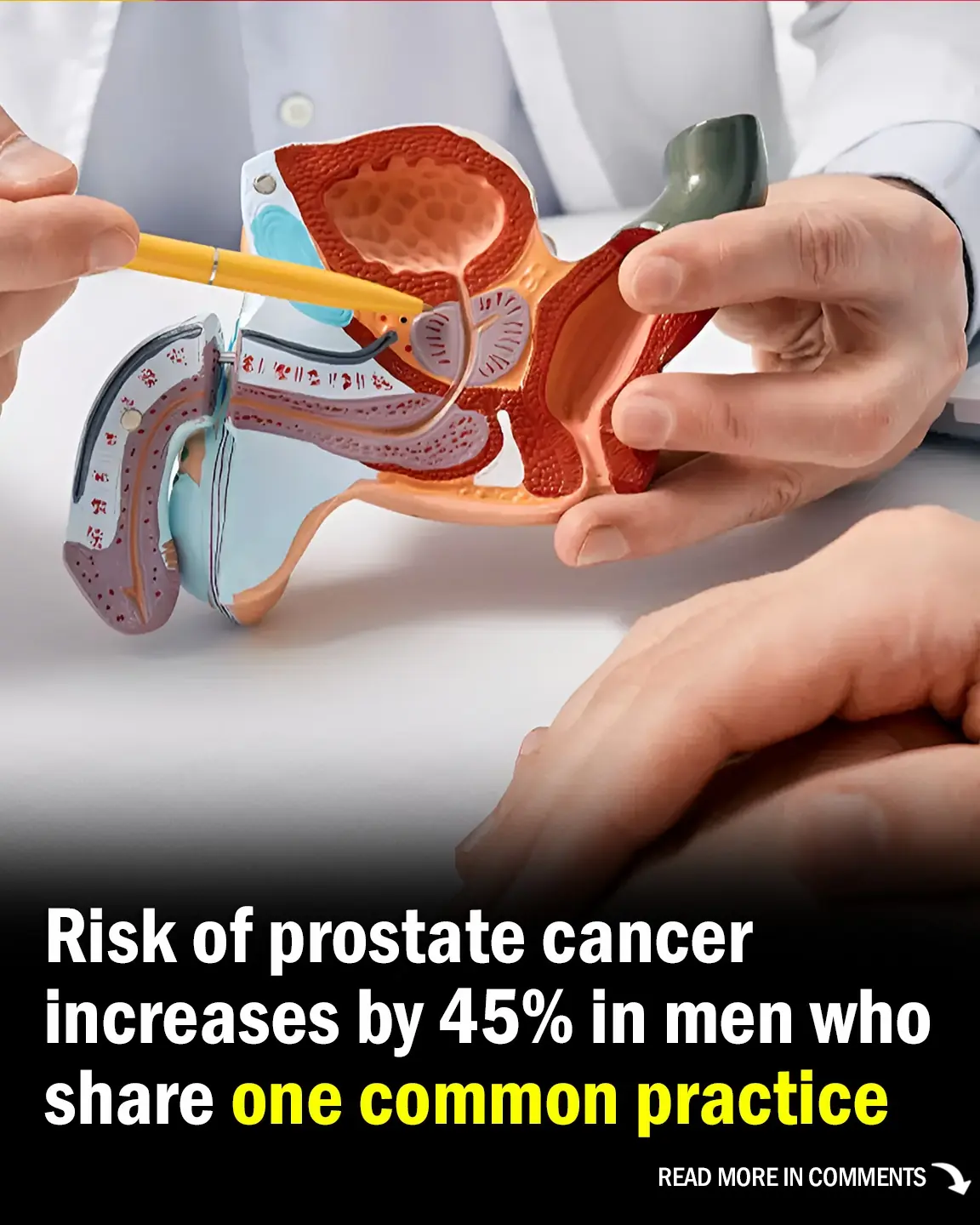
Men Who Neglect This Crucial Practice Face 45% Higher Risk of Prostate Cancer
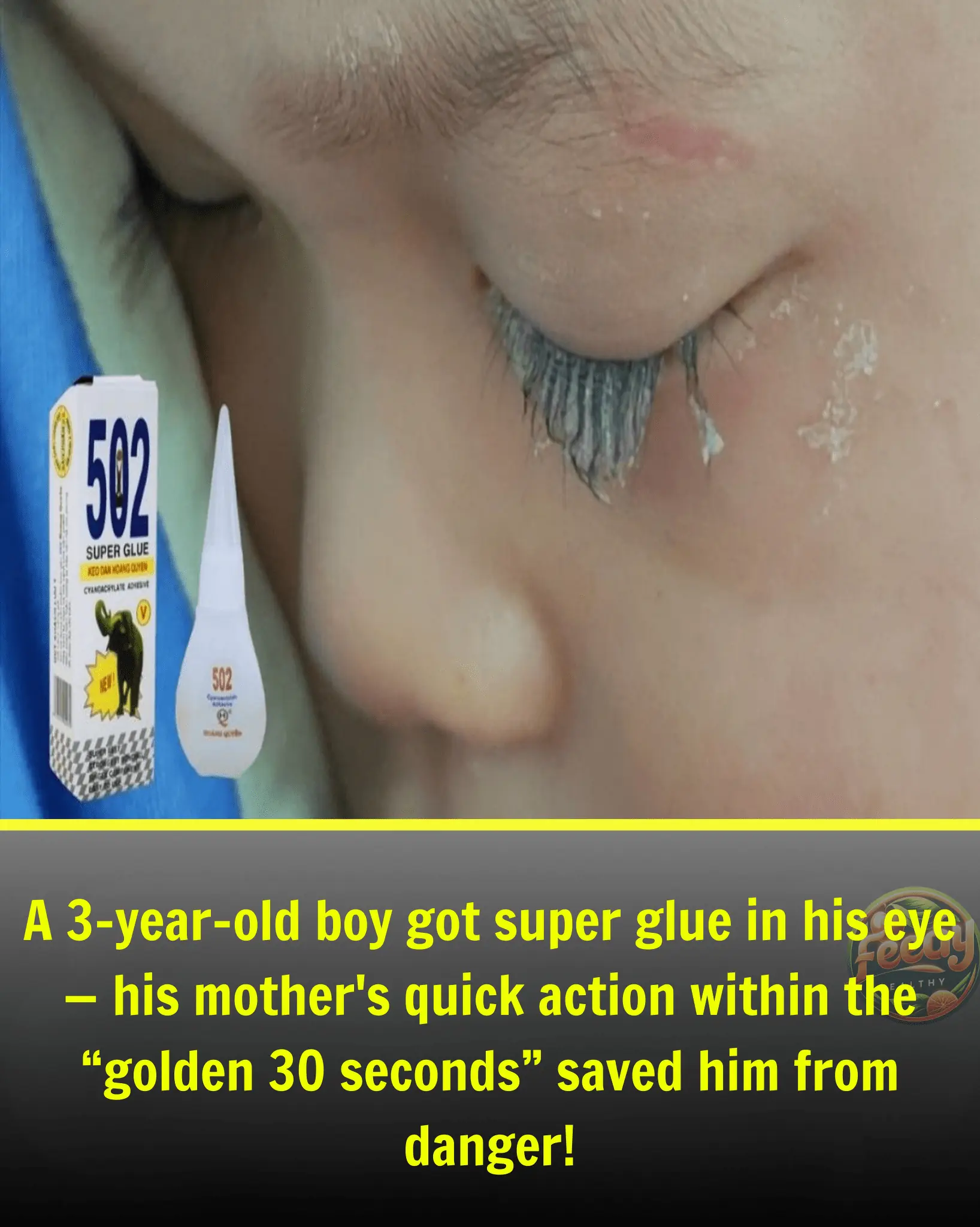
3-Year-Old Boy Gets Super Glue in His Eye: Mother's “Golden 30 Seconds” Action Saves Him from Blindness
News Post

🎂🌹 Rosette Cake (Buttercream Rose Cake)

🎂🦋 Butterfly Cake Recipe

🌊 Deep Sea Cake – A Magical Ocean-Inspired Dessert

🌸 Floral Gown Cake – A Show-Stopping Edible Masterpiece

🍫 Ferrero Rocher-Inspired Cookies 🌰
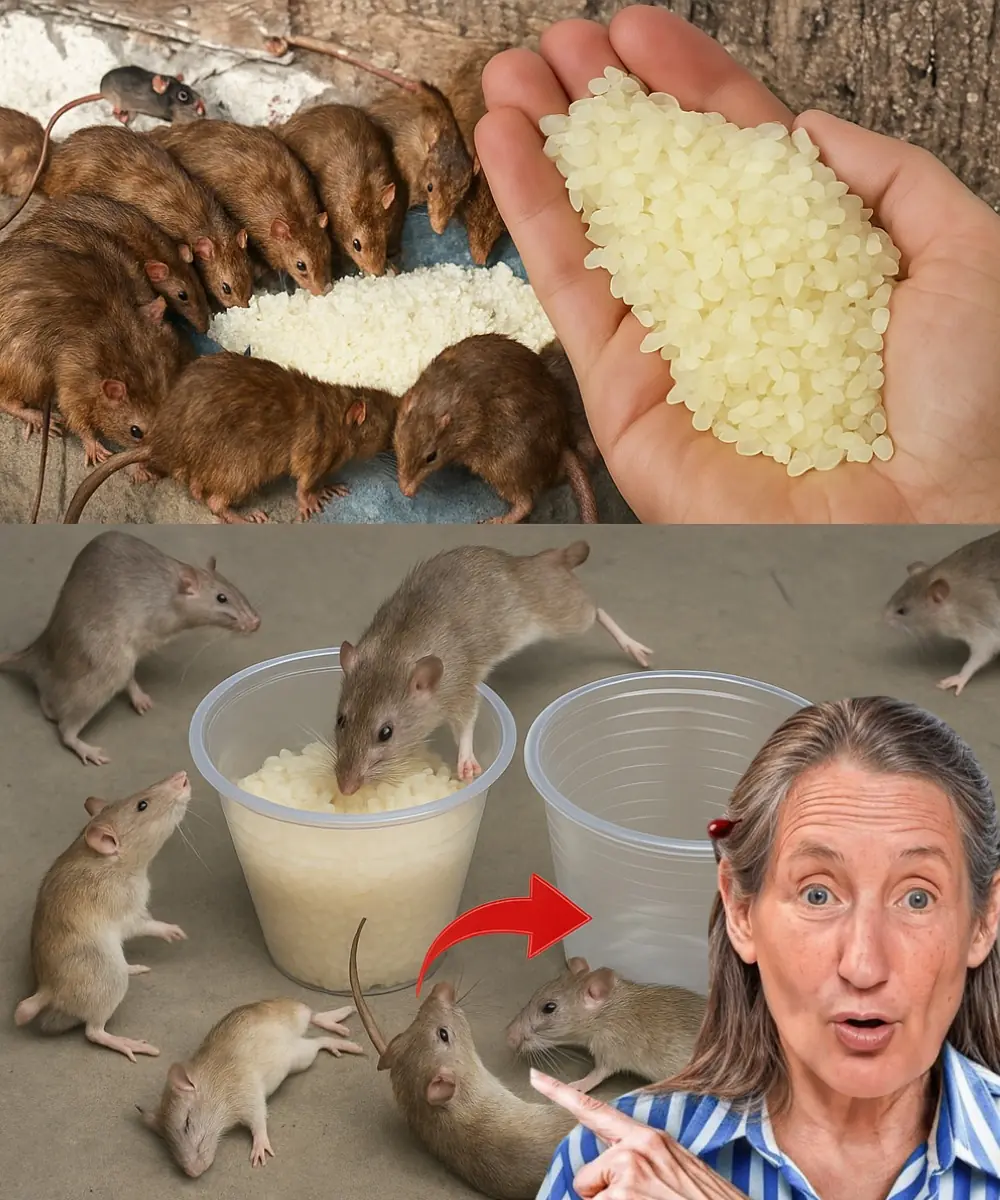
Shocking Kitchen Hack: Eliminate Rats and Cockroaches Forever with This Rice Trick!
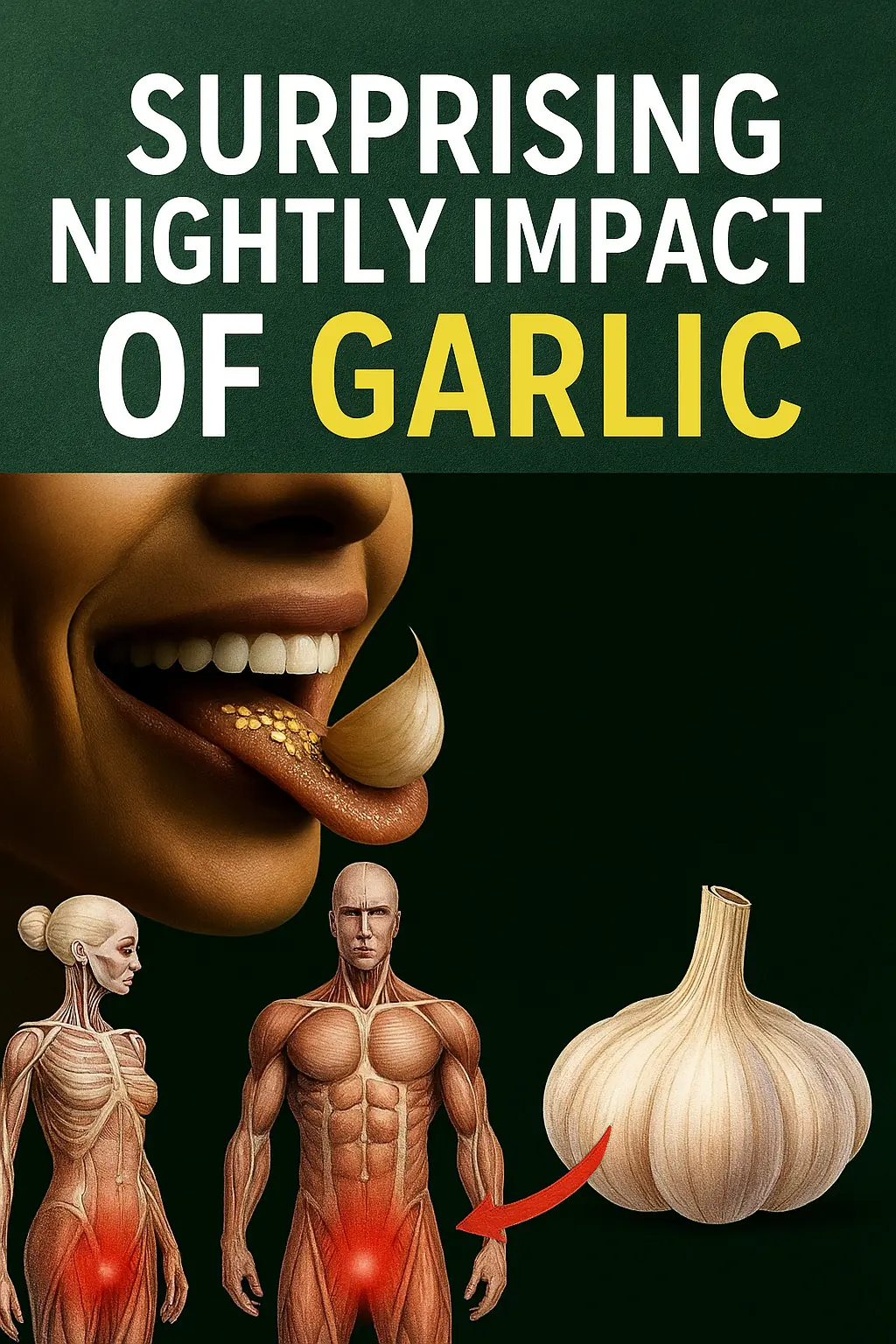
The Surprising Benefits of Eating Raw Garlic Daily
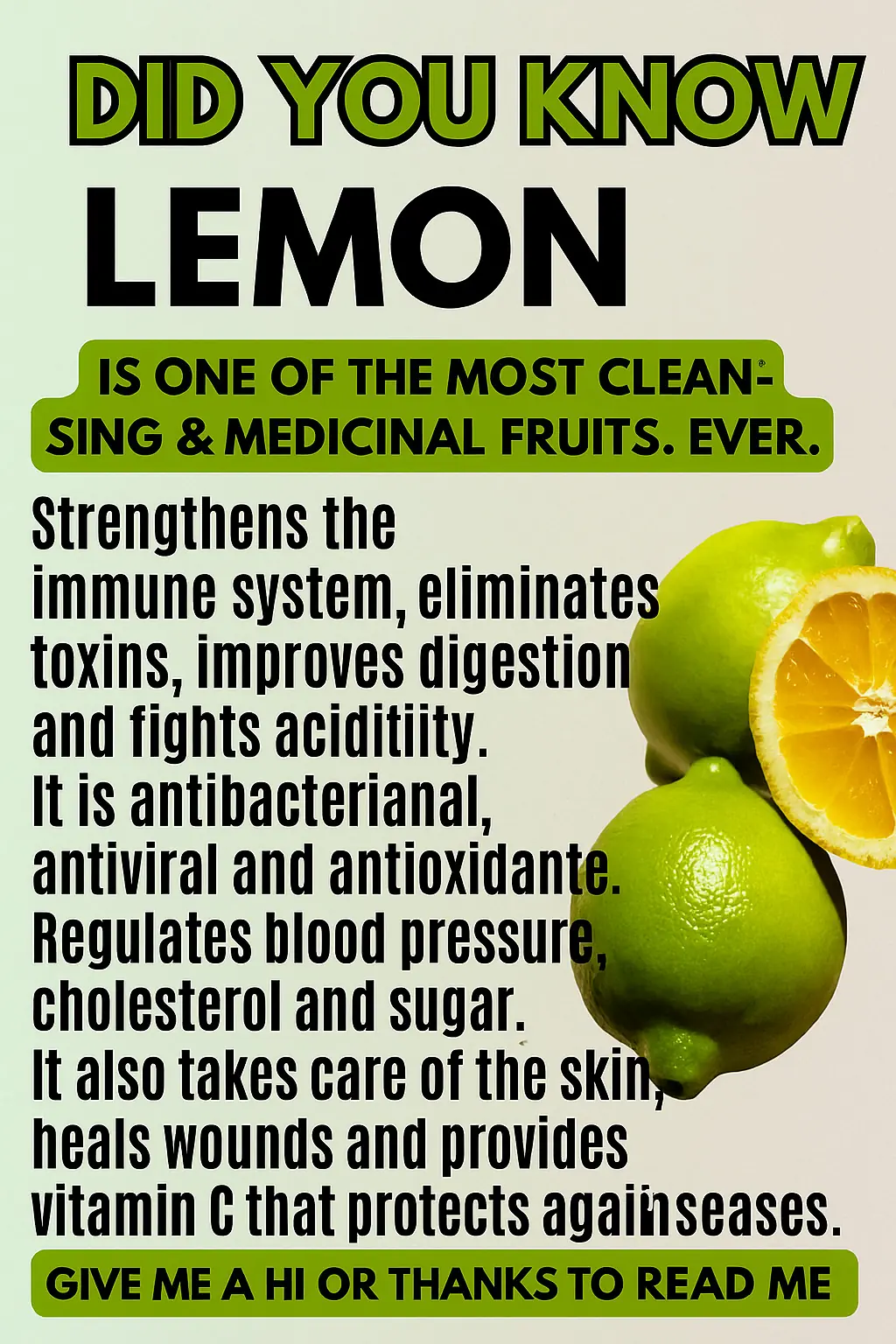
Total Lemon: The Ultimate Guide to Transforming Your Home with a Single Citrus Fruit

The Leaf That Fights Cancer: A Revealing Natural Approach

Medicinal Kalanchoe: What It’s For and How to Use It

Emergency Warning Issued: “Do Not Eat” Dubai-Style Chocolate Bar Recalled

Health Benefits of Drinking Bay Leaf Tea on an Empty Stomach

Okra Chia Detox Drink : Reverse Your Skin Age 1 Glass At A Time

Amazing benefits of vitamin E for your skin

Clove Anti-Wrinkle Gel: Better Than Botox

Clove Water Spray: “Botox in a Bottle”
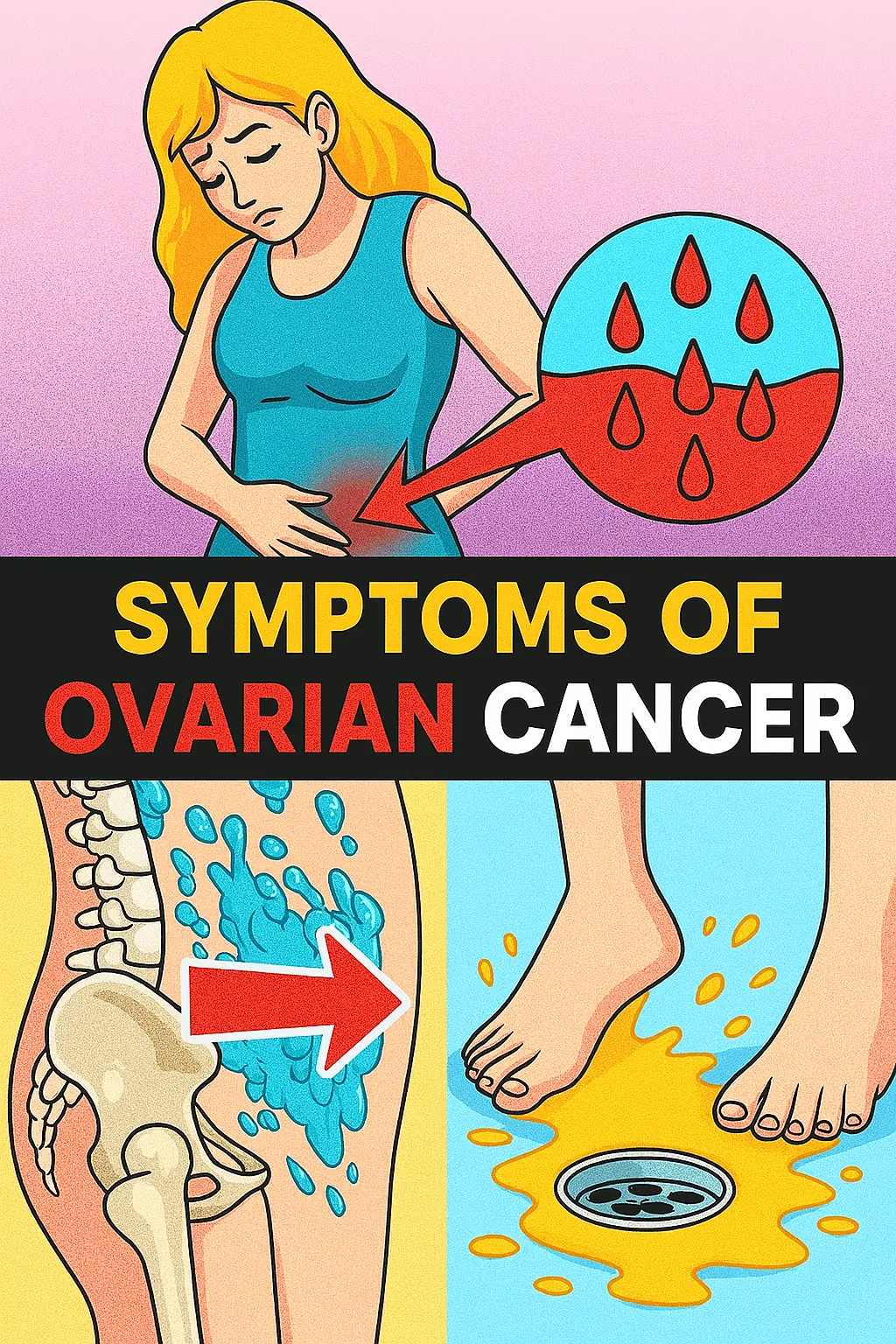
The Hidden Connection Between Ovarian and Breast Cancer

How Your Feet Are Warning You About Liver Problems: What You Need to Know
